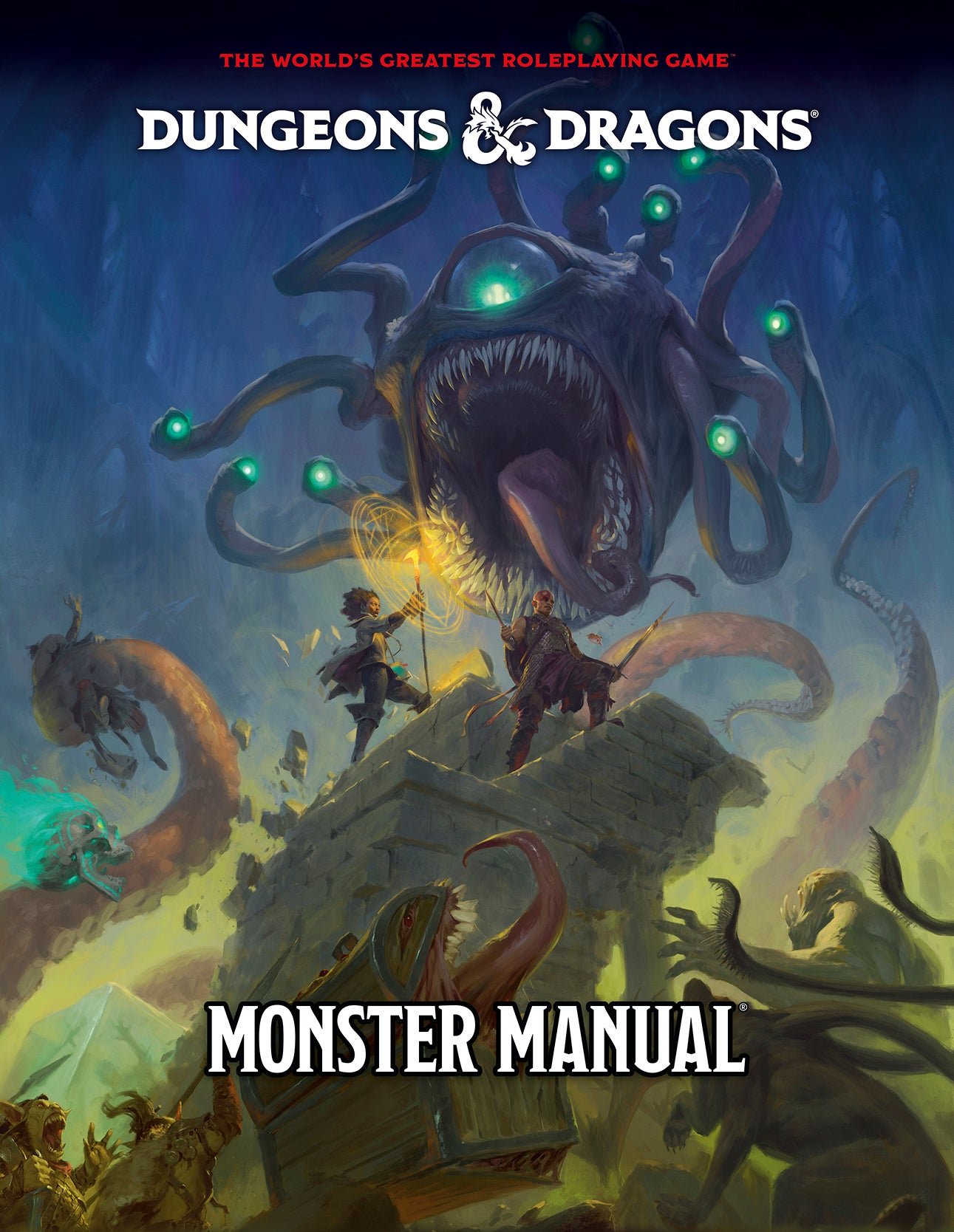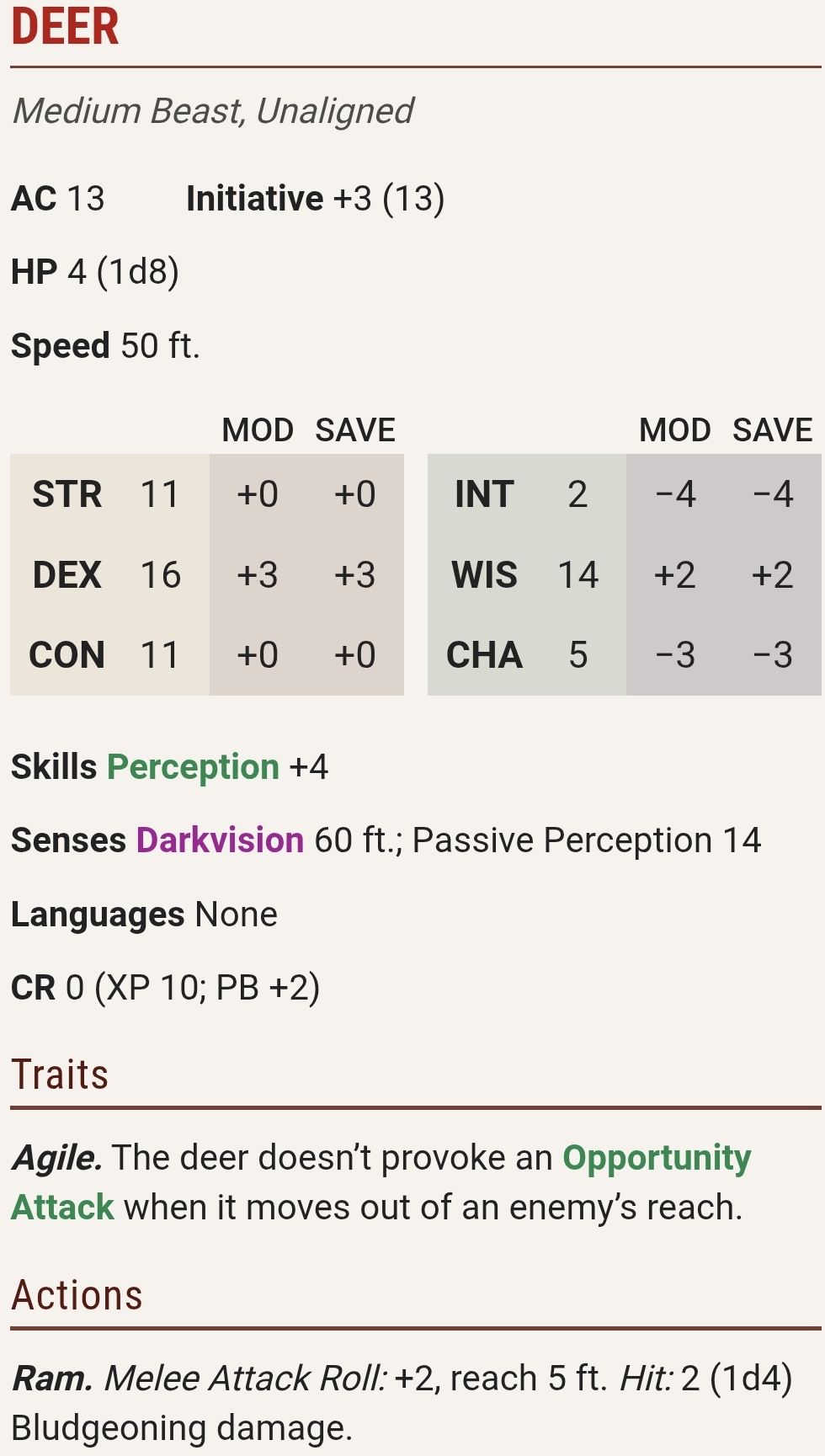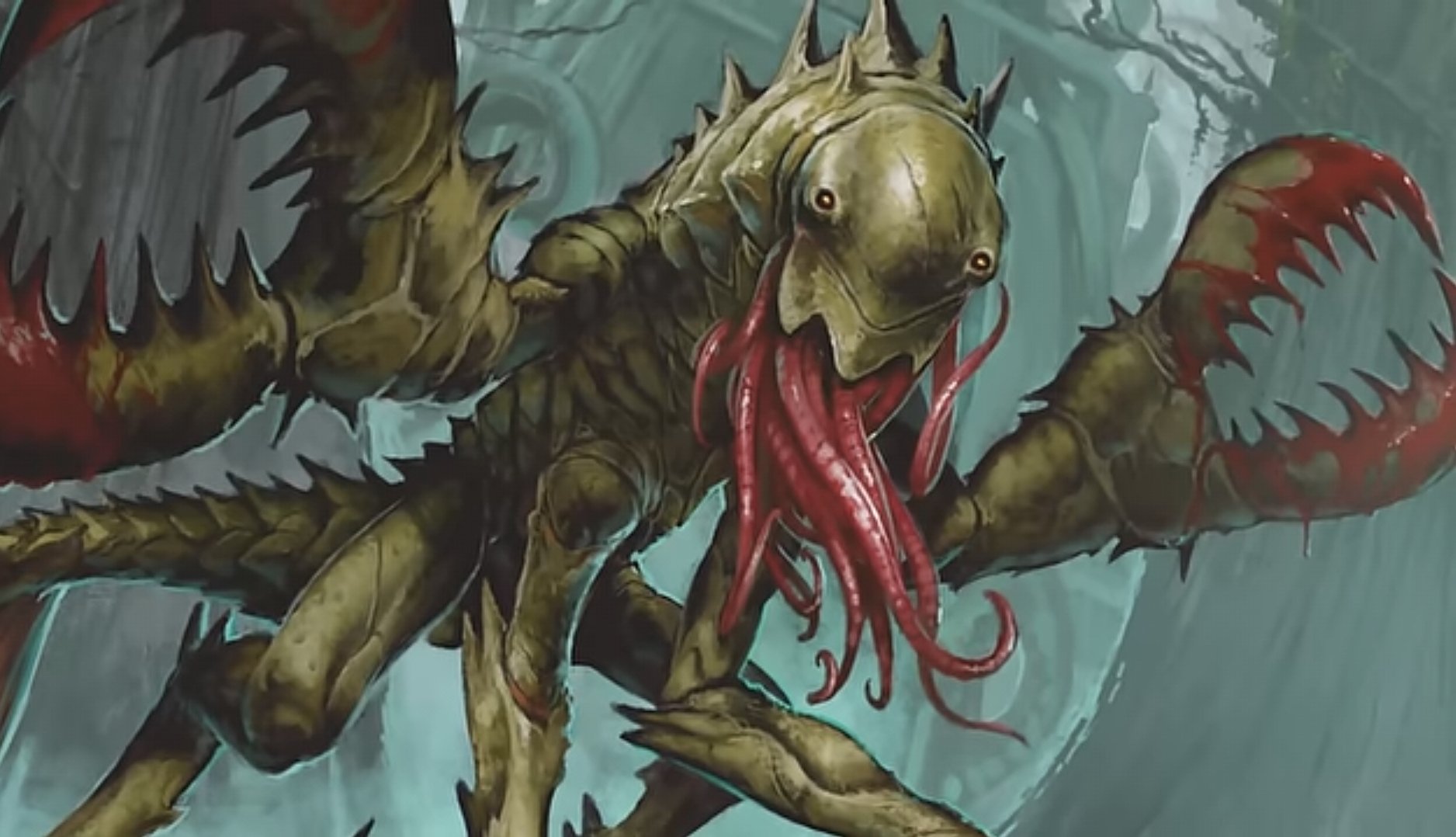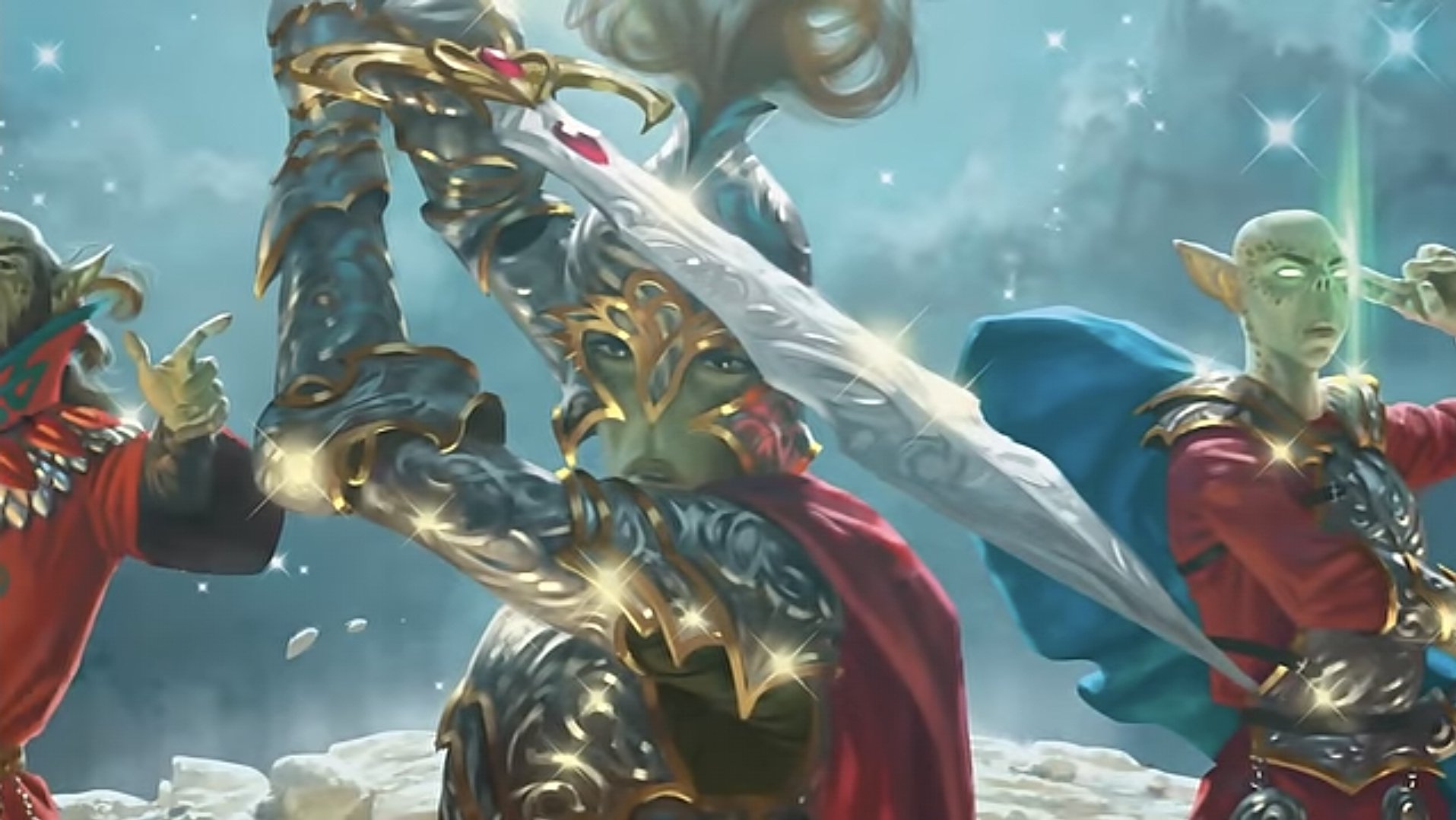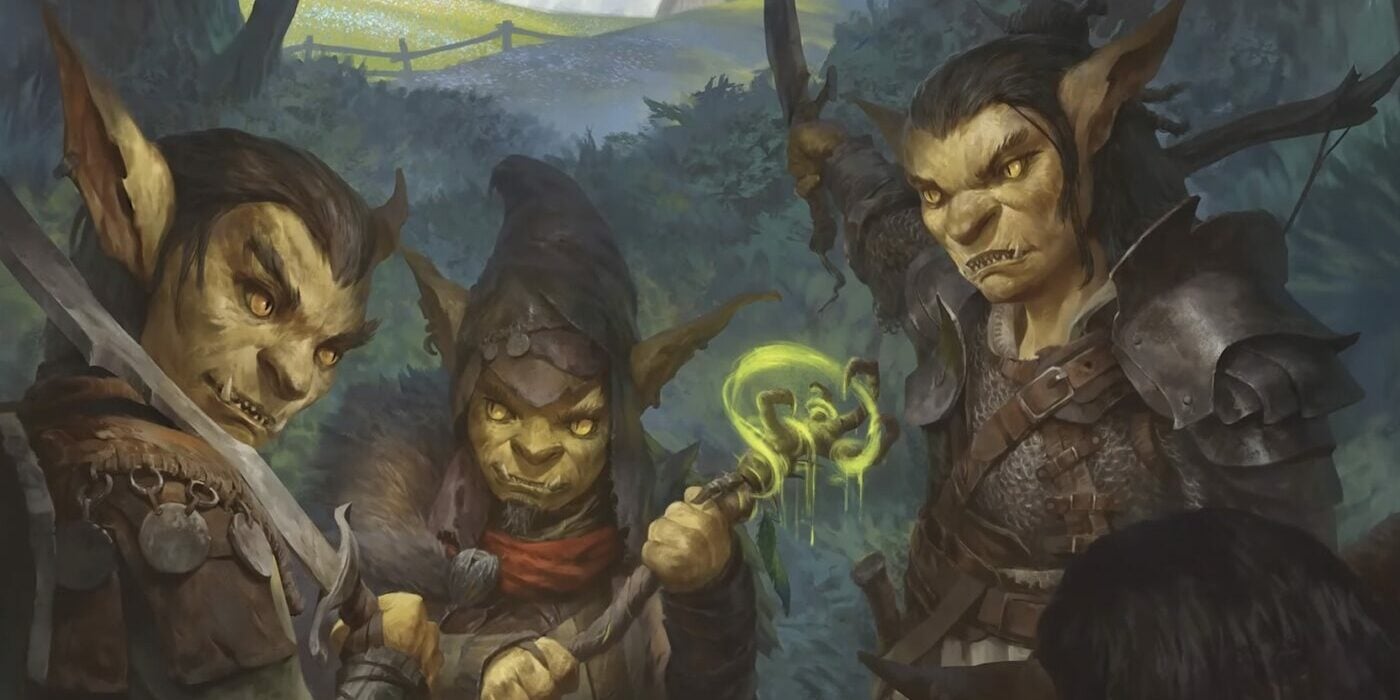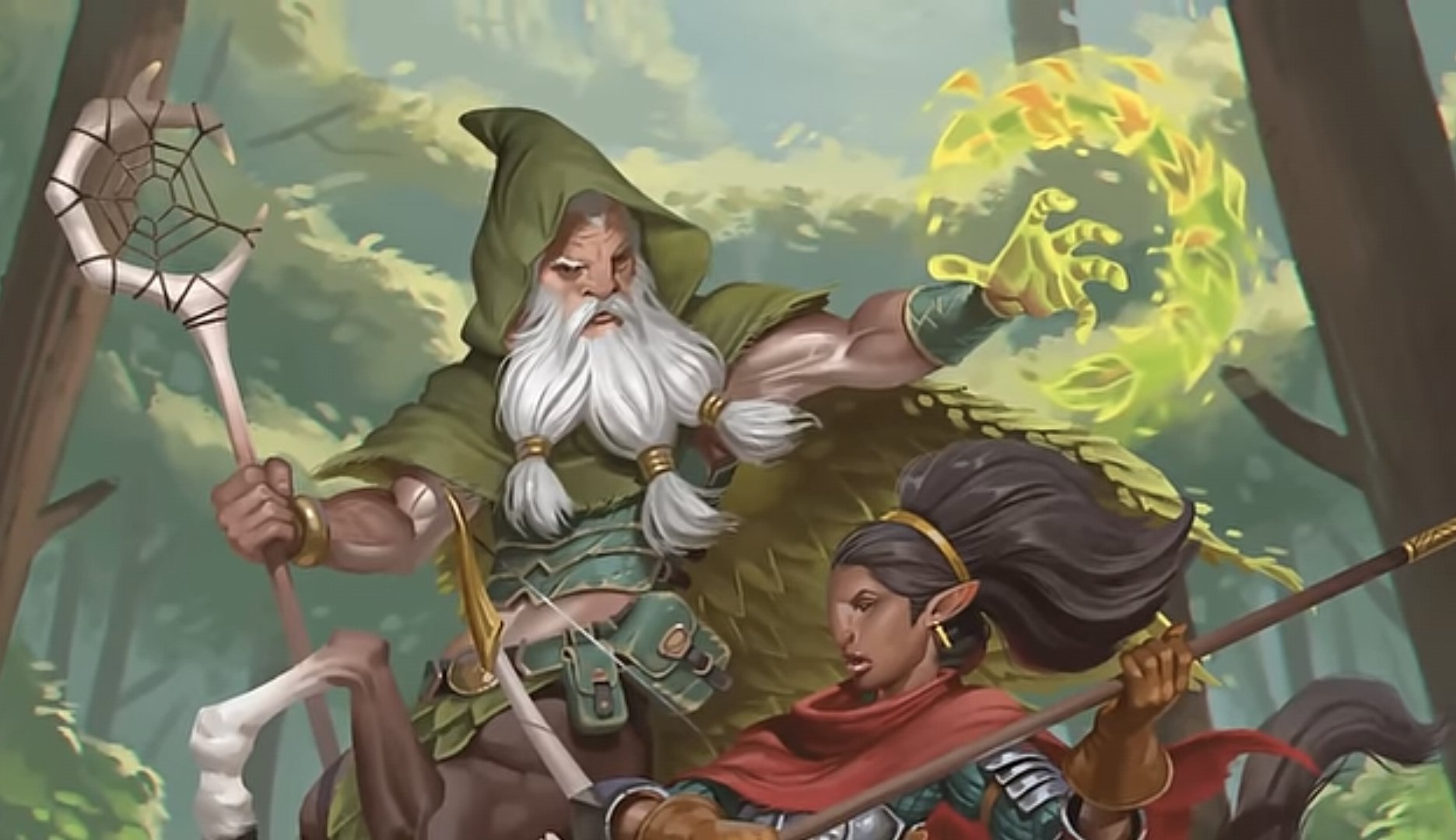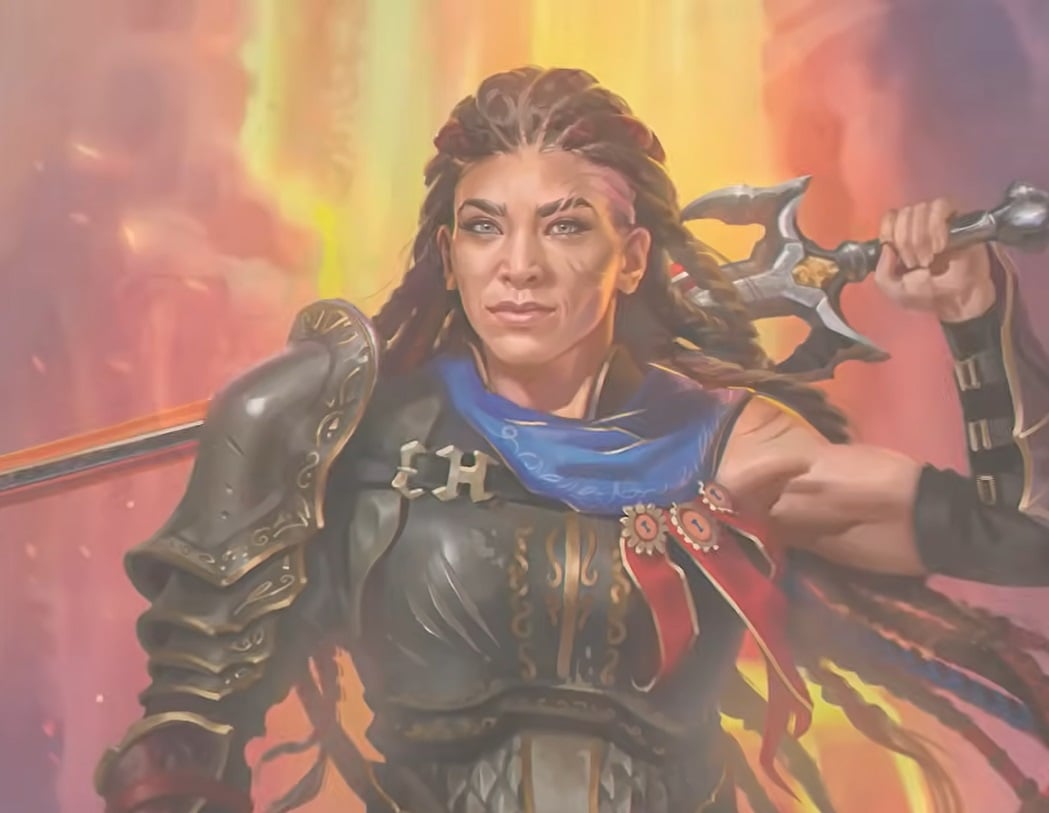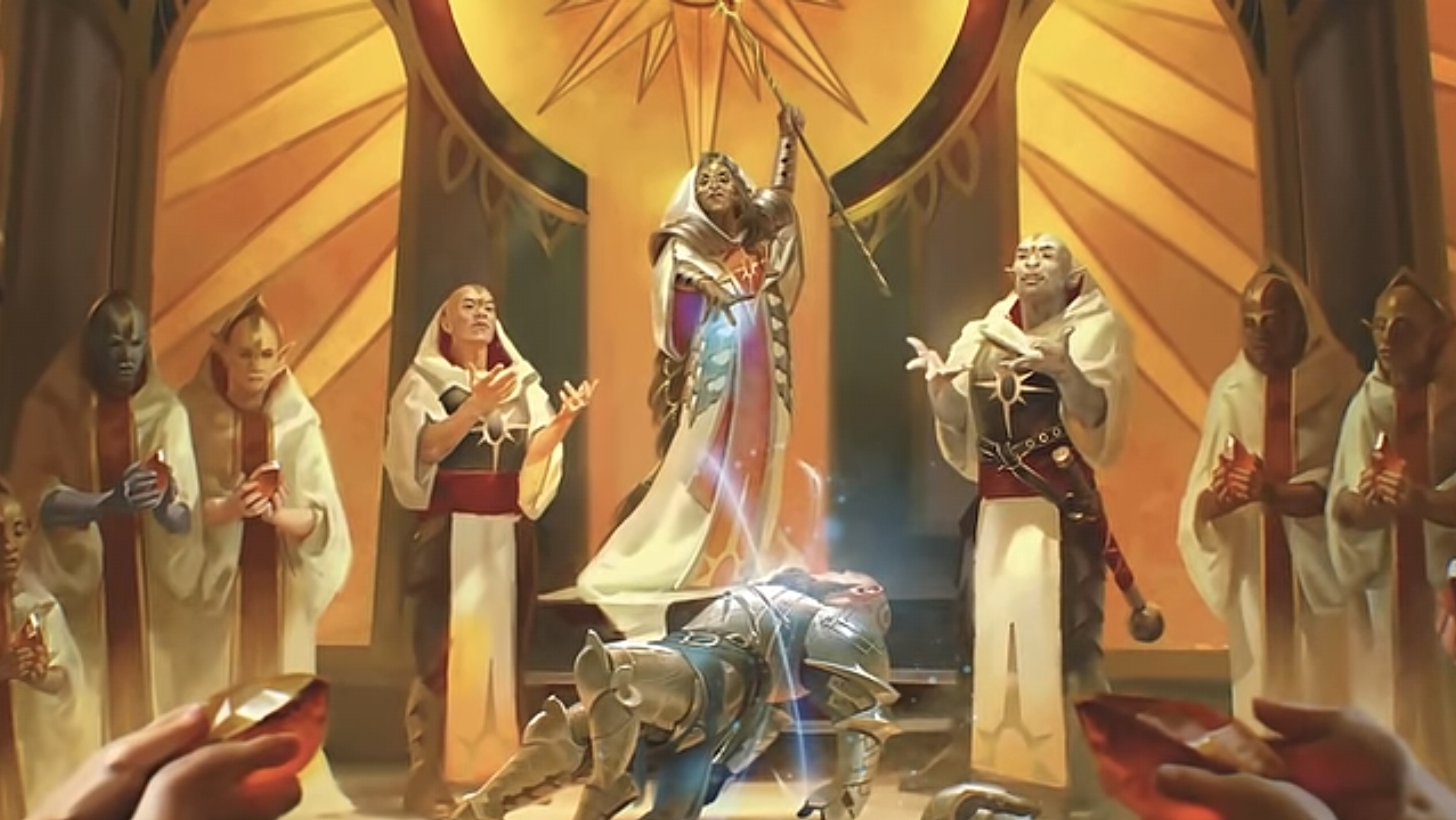D&D: The 2025 Monster Manual – First Impressions Review
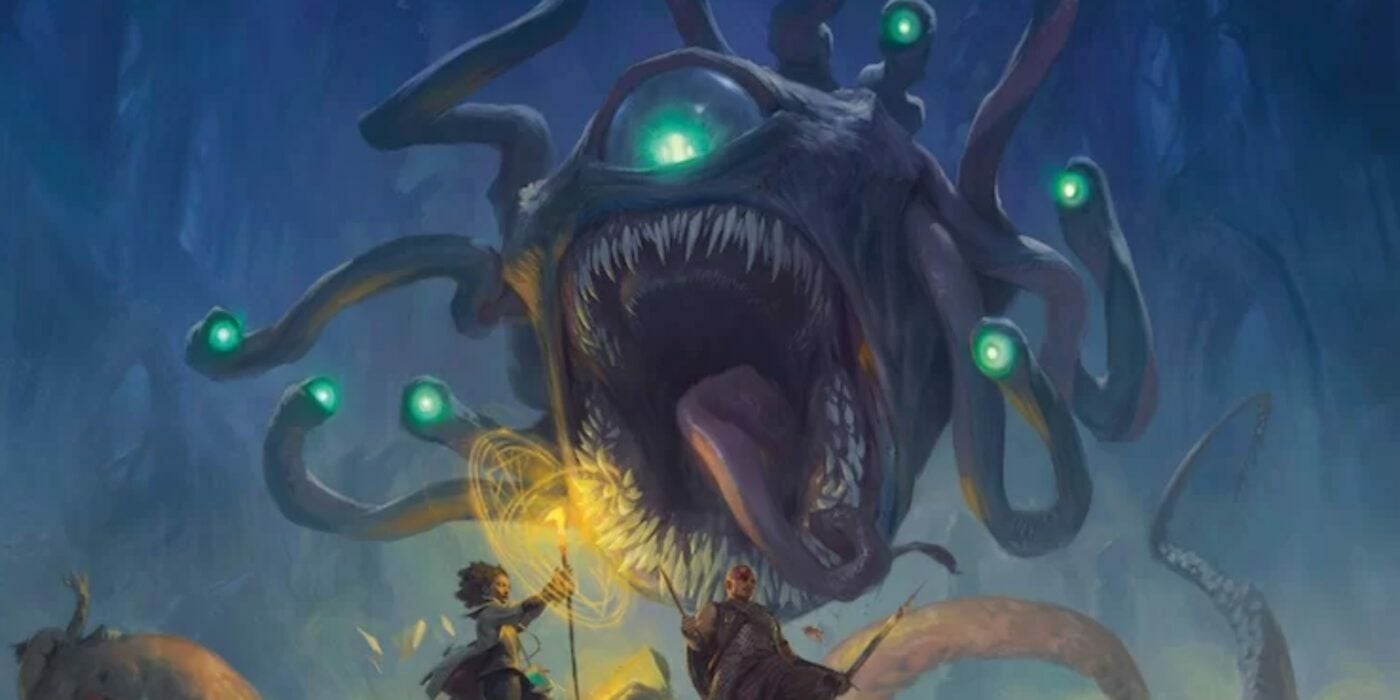
The 2025 Monster Manual is here at last. And with it, the next few years of D&D kick off. Here are our first impressions.
The months-long march into a new editionof D&D comes to a close with the release of the third core rulebook in the updated ruleset. The 2025 Monster Manual updates, aggregates, and in some cases iterates more than 500 monsters for D&D 5.5E. There are plenty of returning favorites. And a host of new faces.
This book plants a flag of new design direction. You can see the culmination of 5.5E design so far. Because the monsters hit harder, have more hit points, but are also less complicated in many ways. Some old interactions are gone that cost D&D some of its complexity, and I think that those changes might be for the worse.
But there’s some good stuff here too. And now that the Monster Manual is out in earnest, we can dive into it. One thing to keep in mind though—this book is part and parcel with the 5.5E ruleset. It’s hard not to use it now that it’s out. If there are things in the book that you don’t vibe with—and I’ll be pointing out a few—you’ll probably have better luck homebrewing your own fix if your group has made the switch to 5.5E. Otherwise, you’ll probably want to find another edition or game to play – this is a core book for a reason.
The 2025 Monster Manual Rewview – 500 Monsters But What Does That Really Mean?
First things first, this book is beefy. There are more than 500 monsters within its pages. Although, it might be more accurate to say there are more than 500 stat blocks. Because, in the 2025 Monster Manual a Deer counts as much as a monster as a Demilich or a Death Tyrant. And alphabetically it’s sandwiched between the two – though in the book itself, Deer are in an appendix with all the other regular animals you’d find.
You’re not flipping through the pages, reading about Death Tyrants and then, oop, here’s Bambi’s mom, and stats for how to slay her and traumatize a whole new generation of players at your table. You have to flip several pages towards the back of the book to find those rules.
It’s not hard though. Deer only have 4 hit points and an AC of 13. Though one of them could probably take out a commoner who doesn’t have a ranged weapon, because deer don’t provoke attacks of opportunity when leaving an enemy’s reach.
But deer and many of the other animals in the appendix point to some of the weird inconsistencies in D&D in general. Which is why have stats for the deer at all? It kind of all depends on the game you want to play. In the days of 3/3.5 Edition D&D, the game was very interested in modeling a world. Monsters and NPCs were all sort of built using the same ruleset. It was a rules system designed to emulate a world and designed to help players and DMs do that.
But D&D 5.5E has different design goals. Monsters and players use different rulesets—and for good reason. You just might not often find yourself reaching for the deer stat block. Unless you are trying to catch one for a quest or hunt some for game—but both of those could be handled within D&D 5.5E’s rules without needing to have a full on stat block. I think a big reason we have deer and other things, is so that if a Druid wants to wild shape into one, they know what their combat features are like.
It’s also nice to have an idea of what a nonaggressive animal is like. It just sort of emphasizes that D&D’s rules are there for the players first and for other stuff second. Which isn’t necessarily bad – it’s just a different school of thought to ruminate on.
But How Do the Monsters Actually Play Though
Core philosophies aside, the new Monster Manual absolutely gives its monsters more weight to throw around. They tend to punch harder in almost every case. This is because, as we’ve heard many times over by now, one of the big goals of the 2025 Monster Manual is making sure that monsters always feel like they’re at their CR.
Though, the CR system, for all the emphasis on rebalance, is still dependent on your party makeup. Balancing encounters in D&D has always been an art, rather than an exact science. And that’s still true in 5.5E. It’s one of the best things about tabletop RPGs – every game is its own unique creation. I guess maybe in organized play, where they put hard limits on what DMs can and can’t do, there’s less freedom.
But ttrpgs need the creativity and groupmind of the players (and the DM is a player just to be clear). So I actually like that you have to read the stat blocks to figure out that this CR 8 Githyanki Knight is going to have a hard time fighting your party, while the CR 8 Frost Giant might be just a little too punchy. Or vice versa.
Even then, most monsters give you a good feel for how they’ll play in the new stat block format. It is a lot easier to use. You know where to find the numbers you need. The relevant info is often highlighted. And they very helpfully break out things a creature can do into easily visible chunks so it should be harder to forget that you have a Bonus Action AoE heal. Or whatever it is.
Variety is the Spice of Life
One thing I really like about the 2025 Monster Manual is the variety of monsters you’ll find inside it. There are a ton of variant monsters that you can play with. And where the Monster Manual shines best is presenting you with creatures that do different things. Like having a warrior and a caster goblin, for instance.
Or having wildly different kinds of cultists. There are aberrant cultists, death cultists, elemental cultists—the list goes on. But you can find a cultist that’s been infused with power from all sorts of gribbly places. And each one gets a stat block that is surprisingly different. Aberrant cultists are all about tentacles and brain rot (clearly they’re on that side of TikTok), while Fiend Cultists want to mix it up in elee after they’ve fireballed your whole party.
I will say, where the book starts to feel more friction is when the variety exists just so that you have the same monster as both a low level and mid level and high level threat. I don’t mind there being lots of CR variety in monster “families” for sure. But sometimes it just feels unmotivated. That might be a personal opinion, but it’s something I noticed and definitely felt reading through the entries. Sometimes, the variety of CRs for creatures felt great, other times it felt like it was existing just because. Not inherently bad, just a bump in the reading experience.
The Rules Have Changed
There are a few trends you’ll notice in the new Monster Manual. For one, multiattacks are way more prevalent now. Which is good. That’s part of the whole monsters hit harder paradigm. Spellcasting creatures now all use the spell system outlined in Mordenkainen Presents: Monsters of the Multiverse. Which means that some creatures just have magic attacks now.
Take the Mage Apprentice, for instance.
The mage apprentice is a CR 2 “apprentice” wizard. But the rules they play by are very different. A mage apprentice has nine hit dice, with average hit points of 49. That’s pretty beefy for an apprentice. But they only have access to 1st level spells, while a PC with nine hit dice would typically have access to 4th level spells. So, you can kind of see how they use different scales.
In addition to a handful of spells, including Ice Knife and Thunderwave, a mage apprentice can also make an Arcane Burst attack, which is a range or melee attack that deals 2d10 + 3 force damage on hit. And it’s an attack, so even if you grapple the mage to try and prevent somatic components from being used in spells, they can still get you. But that feels about right for a spellcaster you’re fighting.
You’ll also note that some weapons just do more damage in the hands of monsters. A Questing Knight, fr instance, carries an ordinary Longbow that deals 2d8 base damage despite being a weapon sized for a medium or small creature.
Which I mention because some players out there will see that, and wonder why can’t they pick up the better base damage longbow. Or dagger. Or whatever weapon happens to be boosted to scale for higher level things. It never feels good to answer “because that’s not really how the game works” but that’s something that DMs may have to answer for.
In Conclusion
All in all the new Monster Manual is a solid core rulebook. It does the job it needs to—which is give DMs plenty of monsters to use that feel scaled for the new baseline power levels of D&D 5.5E characters. A lot of monsters got a gow up, both mechanically and fictionally. And while there are a few quibbles, it still feels like a DM could flip through the pages of the Monster Manual looking for interesting creatures to fight, and get inspired for their next adventure.
And at the end of the day, that’s all a Monster Manual has to do. This one does it pretty well.
The new Monster Manual is available now!

